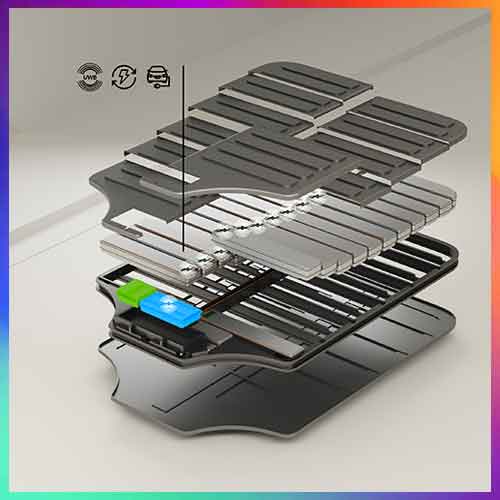Future of Data center Growth In India
2019-07-26
It may be a wake-up call for the enterprises into the sector of Data centre business across the globe. However, Investment in data centre will continue to grow in 2019, industry research shows. India data centre market is estimated to reach $4bn by the year 2024. Demand for low-latency connectivity to the cloud together with the overall increased pace of business currently drive innovation in data center development. Large corporations, SMEs and hospitals will have the growing need for portable, secure data storage solutions.
84% of India’s data centre supply is concentrated in the country’s five largest markets of Mumbai, Chennai, New Delhi, Bangalore and Pune, with the present valuation of $2bn of Indian data centre market. Hyderabad is the major city for data centre operations in Telangana and Maharashtra, specifically Mumbai is the hub for facilities deployment by major companies such as AWS, Microsoft, Alibaba, and Google in the Indian market.
Every business has the gestation period of the growth. As the technology is moving towards Cloud, core to Edge. The data center installations, which can be deployed at the edge infrastructure of networks with the architecture of edge computing in hybrid module, As the hybrid cloud combines multiple distinct clouds into a unified system. Another key thing is data center technologies and its relevance to the real estate industry, where the market is stagnating.
The need for modular and small data center deployments is growing very fast, where there will be growing competition with their larger counterparts.Edge computing is a major technology trend that will impact the commercial real estate industry in several significant ways.
The global micro data center market will witness immense growth in the years to come due to the rapid technological advancements in IT and telecoms which have led to expansion in data center infrastructures worldwide. As online banking and shopping, satellite navigation systems, smartphones, TV and movie streaming gain traction, relocation of IT infrastructure becomes mandatory. This will increases the demand for modular data center architecture, resulting will drive the IT vendors business to scale up with their hardware and software sales by reach out directly to end users.
The movement to edge computing parallels the cyclical nature of IT trends. What began with centralised mainframes eventually moved to a decentralised approach with client-server networks. Then, the meteoric rise of the public cloud shifted computing back towards a centralised approach, only to have the recent rise in popularity of hybrid cloud deployments move the needle back towards a decentralised model.
Hybrid cloud combines public cloud and private cloud into a seamlessly blended infrastructure. Adding traditional IT into the mix results in a full hybrid IT model that allows companies to take advantage of the public cloud pricing, the general flexibility of cloud computing and the security of dedicated hardware.
With edge computing, IT infrastructure that could locate either on-premise, or at locations near to end-users. Designed to complement existing public cloud or colocation deployments, edge data centres offer advantages. Many enterprises looking to deploy their own micro data centres. It is absolutely true that, enterprises are going for cloud, but the data center could become decentralized with "micro data centers."
Micro data centers use racks and a much smaller footprint. Some of these micro data centers sit in cases that look like gun lockers. Others are mini racks with integrated systems and what looked like an entertainment center. Yes, in the future there may be a data center sitting in the middle of a store or bank branch.
Now a question comes on how the transformation are happening, the reason could be with the growing push toward data sovereignty and regulations designed to safeguard data privacy around the globe, companies are finding the ability to keep data close at hand enormously useful. After all, edge data centres are ideally positioned to meet these requirements by virtue of their physical proximity, while still fulfilling their organisation’s IT requirements. There are promising opportunities at the edge and the number of use cases is still increasing.
This growth is a consequence of the rising need for containerized data centers for corporate offices that consistently relocate their infrastructure. With rising workloads, companies are focusing more on data center expansion. However, enterprises are now wanting to make their presence felt on the cloud, leading to the requirement of portable data centers. Micro data centers have a smaller footprint than conventional data centers, cost less and suffer less latency and many vendors have come out with the solution of, fast deployment in edge environments.
The need of the hour is vendors to come out with Data centre InfraSuite, which has to be a highly integrated, next-gen modular data center solution that uses racks and integrates cooling, lightning protection, wiring, fire control, UPSs and airflow management together to ensure physical security for data storage.
The rising demand for pre-integrated, physically secure and remotely monitored containerized data center solutions is pushing out traditional data centers – Gartner estimates that 80% of enterprises will move on from data centers by 2025, a market gap which will be filled by innovative industry players in the micro data center market growth is concerned.
See What’s Next in Tech With the Fast Forward Newsletter
Tweets From @varindiamag
Nothing to see here - yet
When they Tweet, their Tweets will show up here.




























